Warehouse Children: Syrian Refugees in Search of Shelter
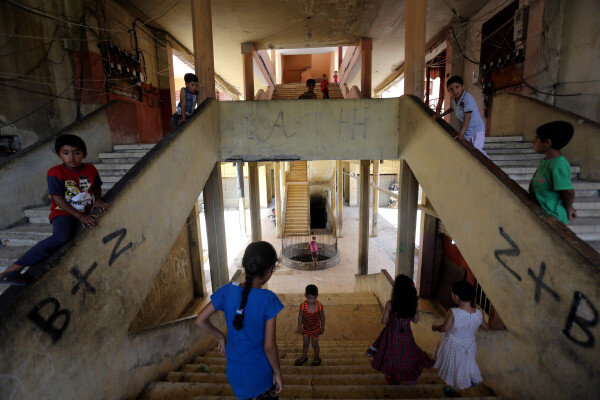
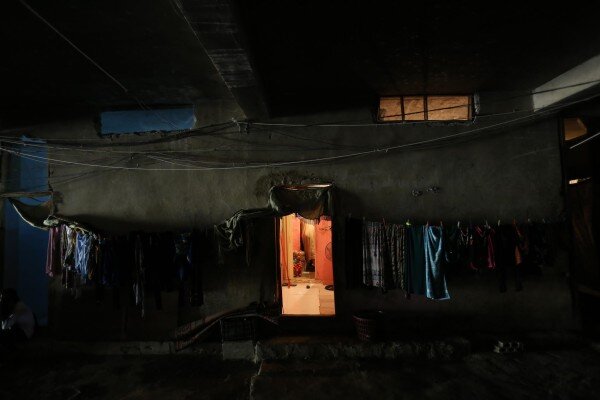
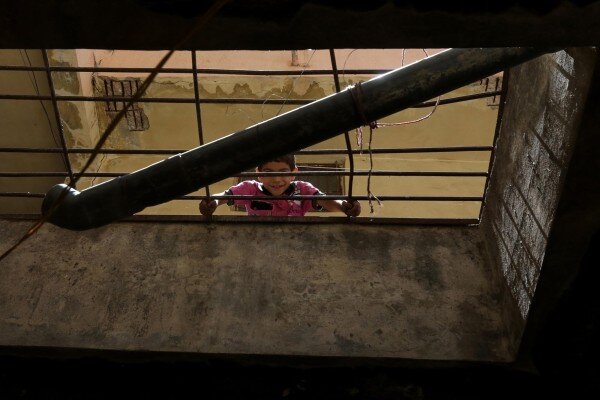
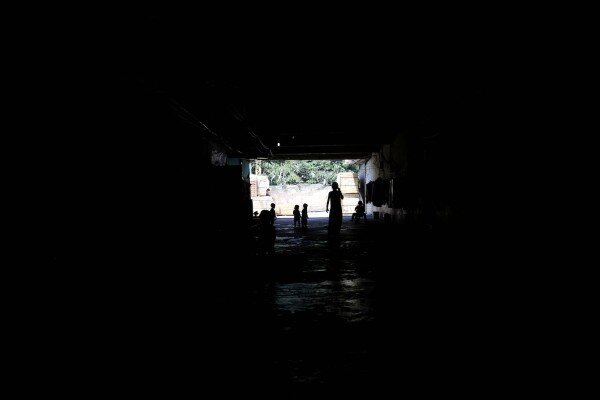
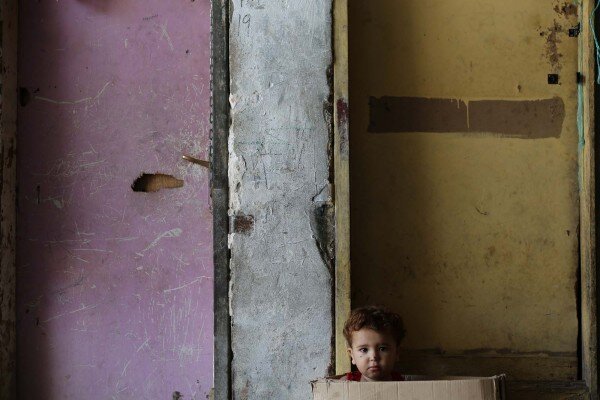
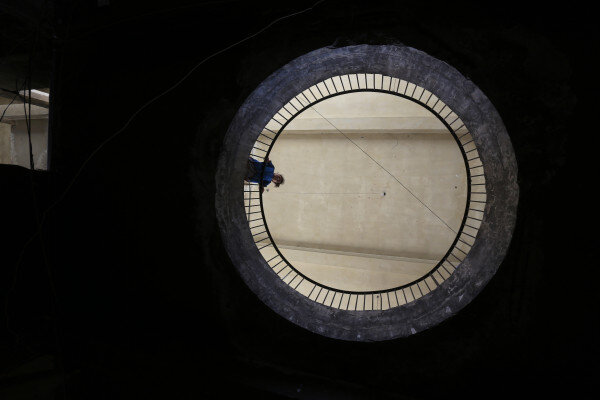
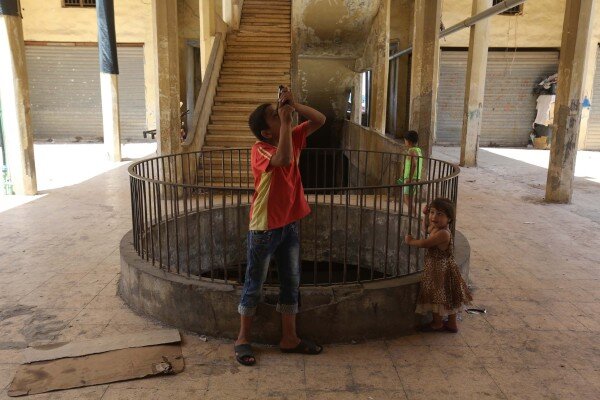

By Marwan Tahtah
The Syrian Civil War has seen more than 4.8 million refugees flee the country, with 1.1 million now living in neighboring Lebanon. They constitute more than 20% of the Lebanese population and, although many have access to official refugee camps, others have been forced to seek refuge in already crowded, impoverished areas of Lebanese cities. One such example is “The Warehouse,” as named by its occupants. It is the lower level of a complex in Baysariyah, Southern Lebanon. In 2012, refugees began to fill the space that used to host two warehouses of nearby wood factories. Today, they occupy tens of dark, humid rooms. The refugees came from Baba Amr, a district largely brought to rubble in the city of Homs in western Syria through the popular uprising against the Syrian regime. Most of the inhabitants in the complex are family members of Syrian workers, whose presence in the southern Lebanese village dates back decades.
As in many refugee crises, children pay a high price. According to the United Nations High Commissioner for Refugees (UNHCR), children make up 53.5% of documented refugees who fled to Lebanon as of May 2015. The complex we visited in July 2016 is not a skewed case: around 350 of its roughly 600 refugee occupants are children. Roaming around nearby sidewalks, most children spend their days playing street games. More “privileged” children can be found strolling on little bicycles inside the dark tunnel spanning the lower floor. Ayman, a 9-year-old we met by the door of one of the rooms, smiled at us while hanging an apple on his pet bird’s cage. He said he is planning to take the bird with him back to Syria when the war is over, but added that he couldn’t find him a name yet.
“The floor we live on is not designed to be residential. It not only lacks spaces for children to play, but also lacks basic needs for a decent living,” a father occupying one of the rooms with his wife and children said. “Have a look at the ceiling, that part fell the other day. Luckily, the children were playing outside,” Amenah, the mother, added. Amenah was not the only one to express safety concerns about living in the 1984 building. In 2015 alone, four partial ceiling collapse incidents caused minor injuries. These led the UNHCR and the Lebanese Ministry of Social Affairs to send a team of engineers to assess the building’s condition. The team confirmed the threat and prepared a plan to temporarily underpin the building before its final evacuation in 2017. In September 2016, the Lebanese government officially endorsed the plan.
Editor’s Note: Photos 2 and 4 were too small for view for the new website (3/18/20). Attached below are both pictures and their respective captions.
About the Author
Marwan Tahtah is a professional photographer who's been working for Lebanese newspapers for more than 10 years. He has also worked on projects managed by the UNDP, Lebanese Red Cross, Goethe-Insitut and many other organizations. Marwan’s work has been on display in many professional photography exhibitions in Beirut & Paris. In June 2016, he received a Master Diploma in Photography from the École Nationale Supérieure de la Photographie in Arles, France. You can find more about him at http://www.marwantahtah.com/.